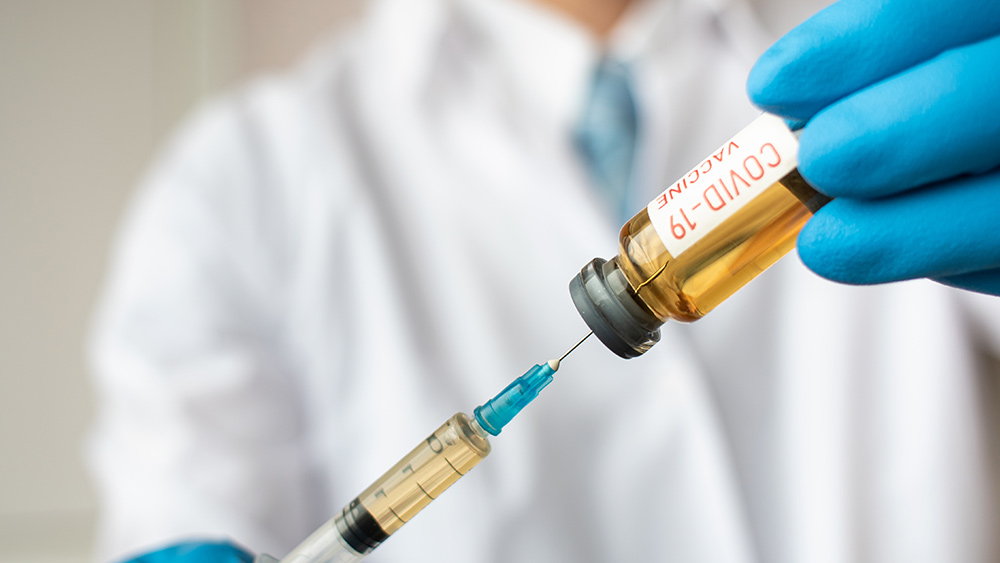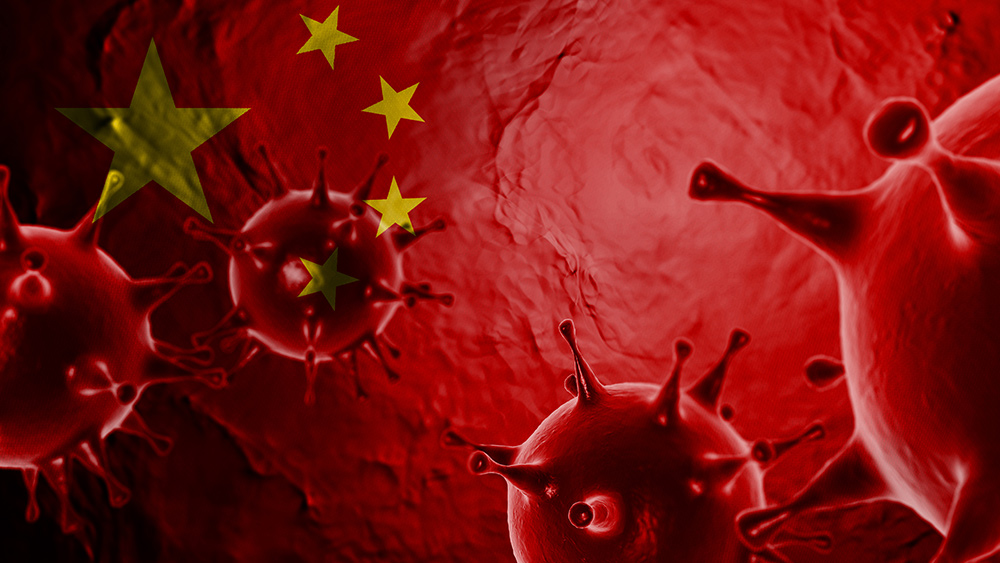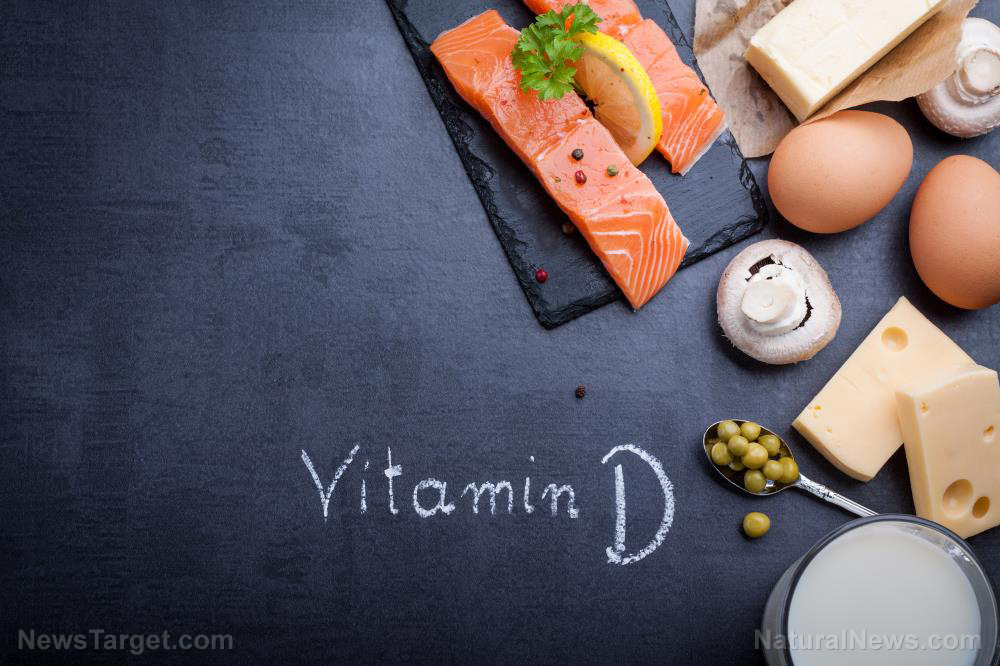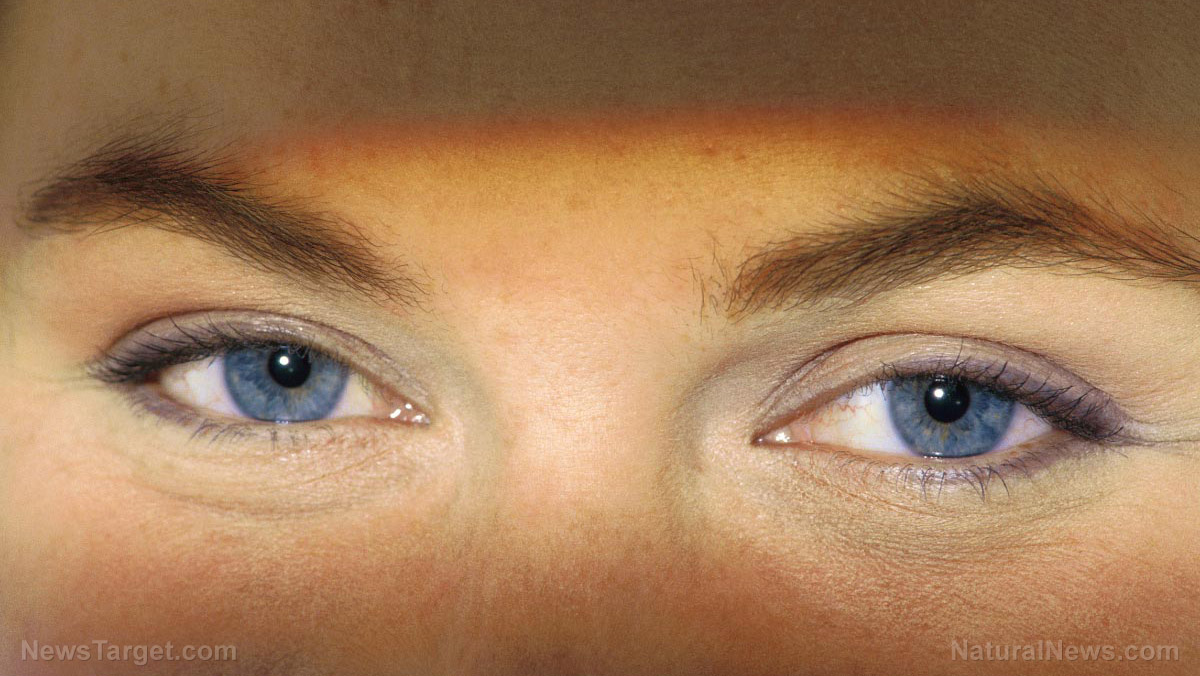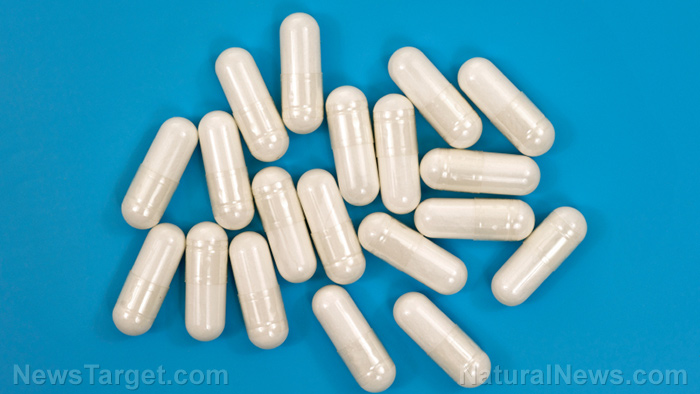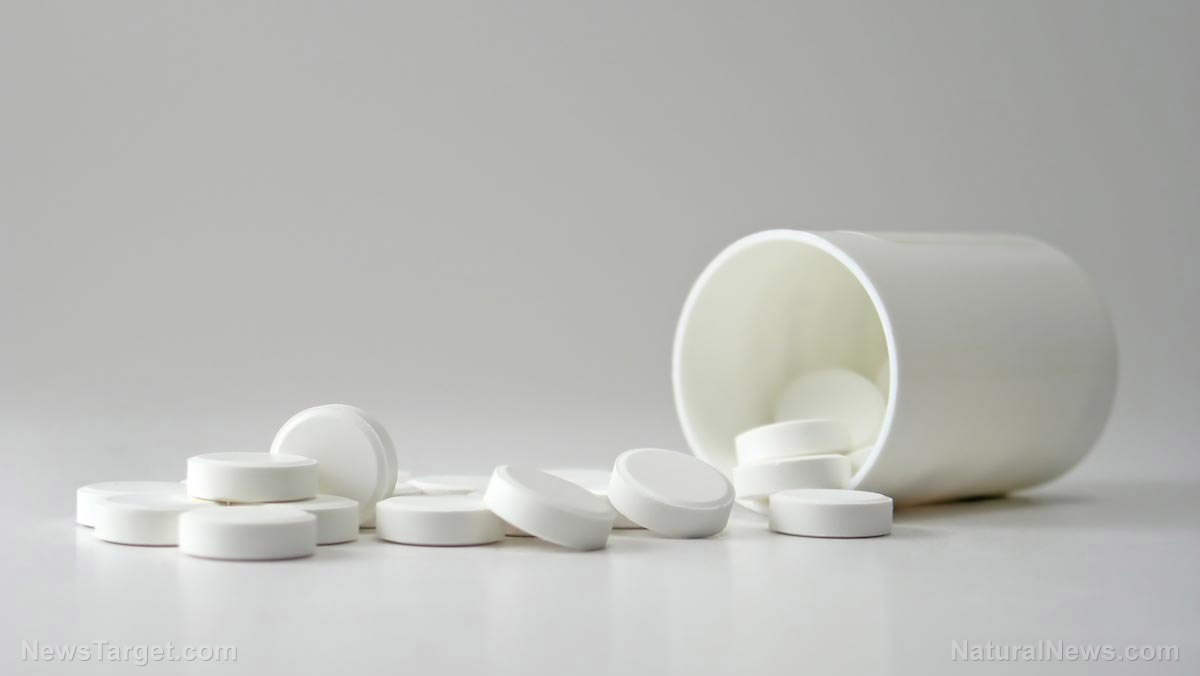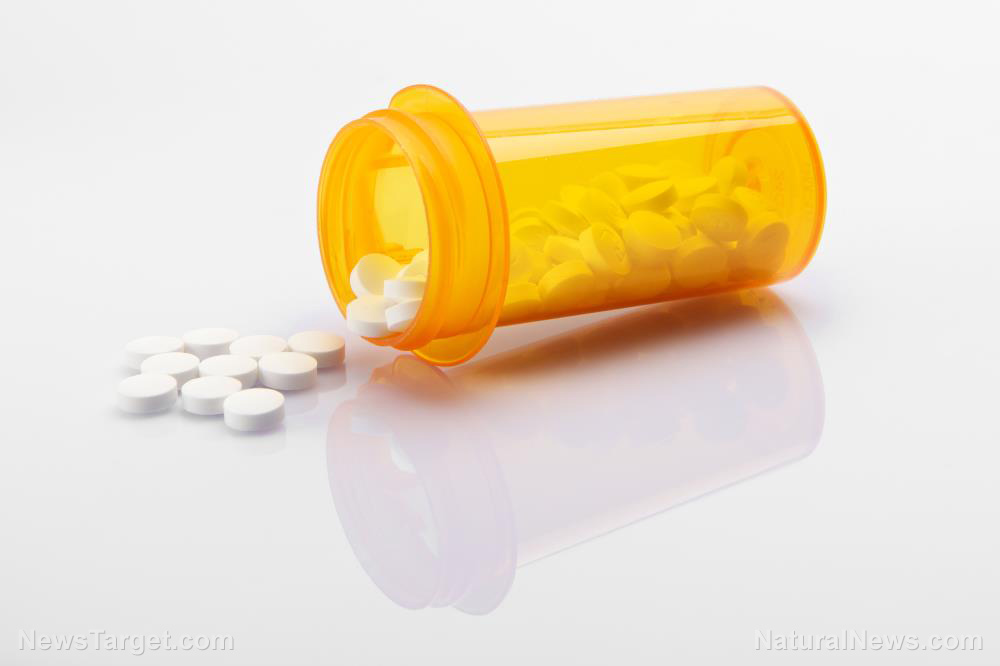Scientists use DNA “origami” to create amazing nanomachines
09/16/2020 / By Michael Alexander
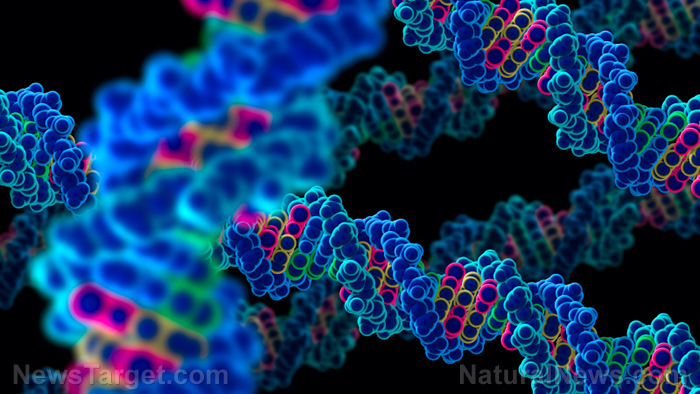
It might seem like a notion straight out of a science fiction movie, but nanoscale devices made from DNA are now set to open a new era in biomedical research and materials science.
According to Khalid Salaita, a professor of chemistry at Emory University, this is because unlike inorganic materials, DNA – the molecule that stores and transmits genetic information in the form of code – is self-assembling.
“For a long time, scientists have been good at making microdevices, hundreds of times smaller than the width of a human hair. It’s been more challenging to make functional nanodevices, thousands of times smaller than that. But using DNA as the component parts is making it possible to build extremely elaborate nanodevices because the DNA parts self-assemble,” Salaita said.
Salaita and his colleague Aaron Blanchard, a graduate student at Emory‘s Wallace H. Coulter Department of Biomedical Engineering, first broached the idea in an article published in the journal Science.
Because the chemical bases that make up the genetic code ingrained in the DNA – adenine (A), guanine (G), cytosine (C) and thymine (T) – have a natural affinity to pair up with each other, they can be manipulated to create different shapes. This, the authors said, can be achieved by combining synthetic DNA strands with natural ones taken from bacteriophages.
The stiffness of the DNA strands can also easily be adjusted, the researchers said, noting that they can be manipulated to either remain straight or bend and coil.
Their idea regarding the creation of DNA-based nanoscale machines is anchored on pioneering work by biochemist Nadrian Seeman, who, in the 1980s, found that a three-dimensional lattice could be created from genetic code.
Seeman’s three-dimensional lattice subsequently inspired the creation of “DNA origami,” which led to the creation of novelty items such as microscopic maps of the world and even nanoscale tic-tac-toe games.
Despite their nature as novelty items, these objects, according to Salaita, actually ended up providing valuable insight into the mechanical properties of DNA, especially with regards to DNA mechanotechnology and the creation of DNA-based machines that can generate, transmit and even sense mechanical forces.
This, Salaita said, could open up opportunities regarding biomedical research and materials science.
According to Salaita, nanoscale devices can even be used to deliver medicine within the body, noting that instead of the usual chemotherapy drip, a cancer patient may one day be injected with DNA-based nanodevices that could help their immune cells grab onto and eliminate malignant growths.
“DNA mechanotechnology expands the opportunities for research involving biomedicine and materials science. It’s like discovering a new continent and opening up fresh territory to explore,” Salaita said, adding that using DNA self-assembly in the genomics industry will only serve to further propel DNA mechanotechnology, thereby making DNA synthesis relatively inexpensive and readily available. (Related: Healing with hair: Can nanostructures from human hair be used to design smart biomedical materials?)
“Potentially anyone can dream up a nanomachine design and make it a reality,” he said, adding that in the future, the creation of a DNA-based nanomachine will be as simple as drawing up a design and then sending it to a manufacturer.
“By tinkering with some open-source software, you can create this design and then go onto a computer and place an order to custom synthesize your design. You’ll receive your order in a tube. You simply put the tube contents into a solution, let your device self-assemble, and then use a microscope to see if it works the way you thought that it would,” explained Salaita, who operates one of the 100 laboratories around the world that are currently working at the forefront of DNA mechanotechnology.
For more stories about biomedical discoveries and other scientific advances, visit Discoveries.news.
Sources include:
Tagged Under: biomaterials, biotechnology, breakthrough, discoveries, DNA, future science, future tech, genetic code, goodtech, innovation, inventions, materials science, mechanotechnology, nanostructures, nanotechnology, research, science and technology, smart materials

